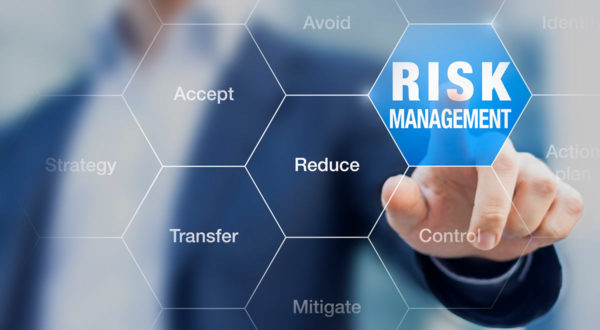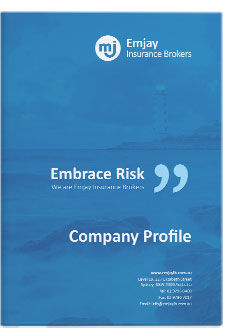Over the last couple of weeks, we’ve been focusing on risk management. We kicked off our series of blog posts by looking at why risk management planning is so important for your business (see Risk management – What’s your plan?). We revealed that it typically involves the following steps:
- Step 1. Identifying and assessing potential risks
- Step 2. Working out how to manage and begin controlling risks
- Step 3. Keeping an eye on how potential risks change and evolve over time
Last week, we delved into Step 1 and explained how you can identify and assess the risks that have the potential to impact your business (see Risk management – What’s the risk?). This week, we’re taking a more detailed look at Step 2 to find out how you can manage and control those risks.
In a lot of ways, the overall success of your risk management strategy is about putting theory into practice. It’s about taking control.
It’s all well and good to have a risk management plan written down on paper and go through the motions of listing out all the many and varied risks your business may potentially face. But if you don’t take the next step and work out how to manage and control those risks, then it can all be for nothing. You need to do more than plan and theorise – you need to take action.
So I’ve identified and assessed all my risks. Now what?
It’s time to take control of your risks.
The bad news is that when it comes to risk control, one size definitely doesn’t fit all. Why? Because each and every risk is unique and will require a different approach in order to keep its potential impact at a minimum. And there’s more bad news. A series of controls, rather than just one, may be needed to keep some risks at bay.
So you need to go through your list of risks, one by one, and work out what you need to do in order to manage and control each of them.
What options do I have controlling risks?
Try working your way through the following hierarchy of possible control measures to find an appropriate solution for each of your risks:
- Eliminating the risk – There’s no denying that the best way to control a risk is to eliminate it completely. While you can’t eliminate all risks – particularly those that are unpredictable and out of your control, such as natural disasters – there are many smaller risks that you can eliminate. For example, tripping hazards that may lead to employee injury are easily eliminated by removing them.
- Substituting the risk – Perhaps you can replace a material or process with something less hazardous. For example, if there is some sort of physical risk near an entrance to your premises, you might require employees to enter via a different entrance.
- Isolating the risk – Maybe you can try isolating the risk by controlling or guarding it. For example, you may be able to put safety barriers in place or post warning signs to make it obvious that safety risks exist in a particular area of your premises.
- Safeguarding against the risk – Adding safeguards is a bit like baby-proofing… but for adults. Consider whether there is a way you can modify equipment or redesign work processes in order to eliminate or reduce a risk.
- Managing the risk – You can potentially manage risk by implementing certain policies, processes and procedure. Work health and safety procedures are the most obvious example of this kind of risk control measure. But the difference between this control measure and the others is that it relies on employees and others to comply.
While this is by no means an exhaustive list of risk control options, it’s a good starting point when you’re thinking about each risk and how to go about limiting its potential impact on your business should it come to fruition.
Is my risk management plan done yet?
No, it’s not. There’s still one more step to go. Unfortunately a risk management plan is not ‘set and forget’. Risks change over time, as does the environment in which your business operates. So you need to regularly review your plan to make sure it still meets your needs. More about that next week!
Emjay Insurance Brokers provides advice and solutions to businesses of all sizes on controlling risks. They make it easy for you to access the advice and services you need to ensure your business is protected. Contact us today to discuss your needs on (02) 9796 0400.
NEXT WEEK: Step 3. Keeping an eye on how potential risks change and evolve over time.




